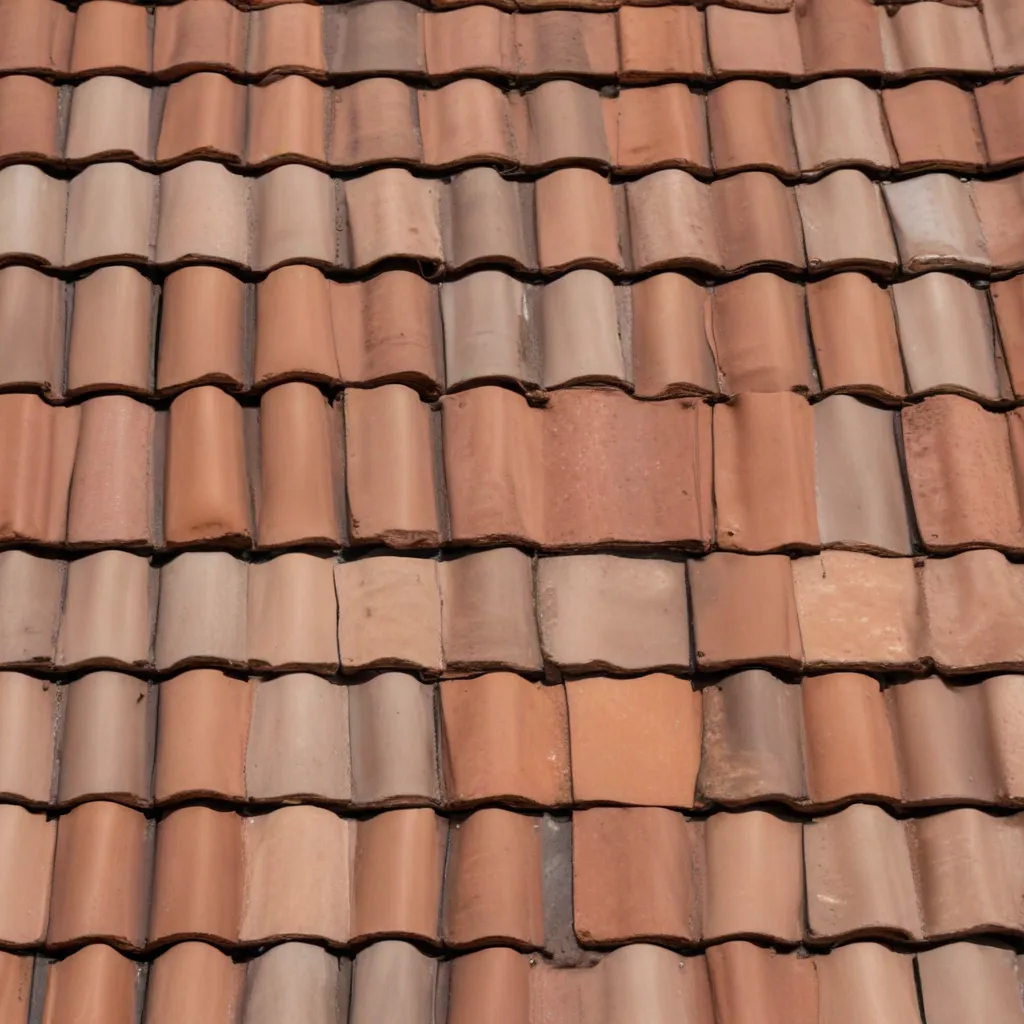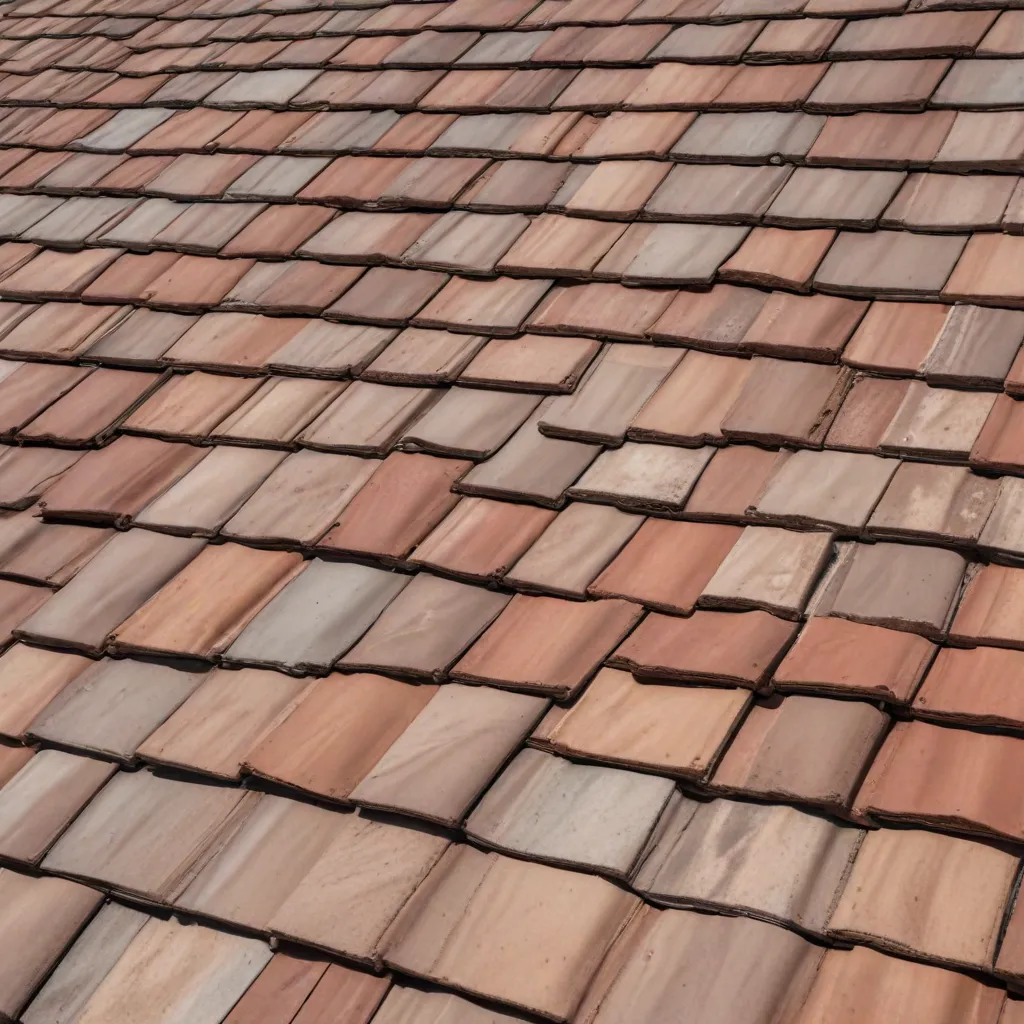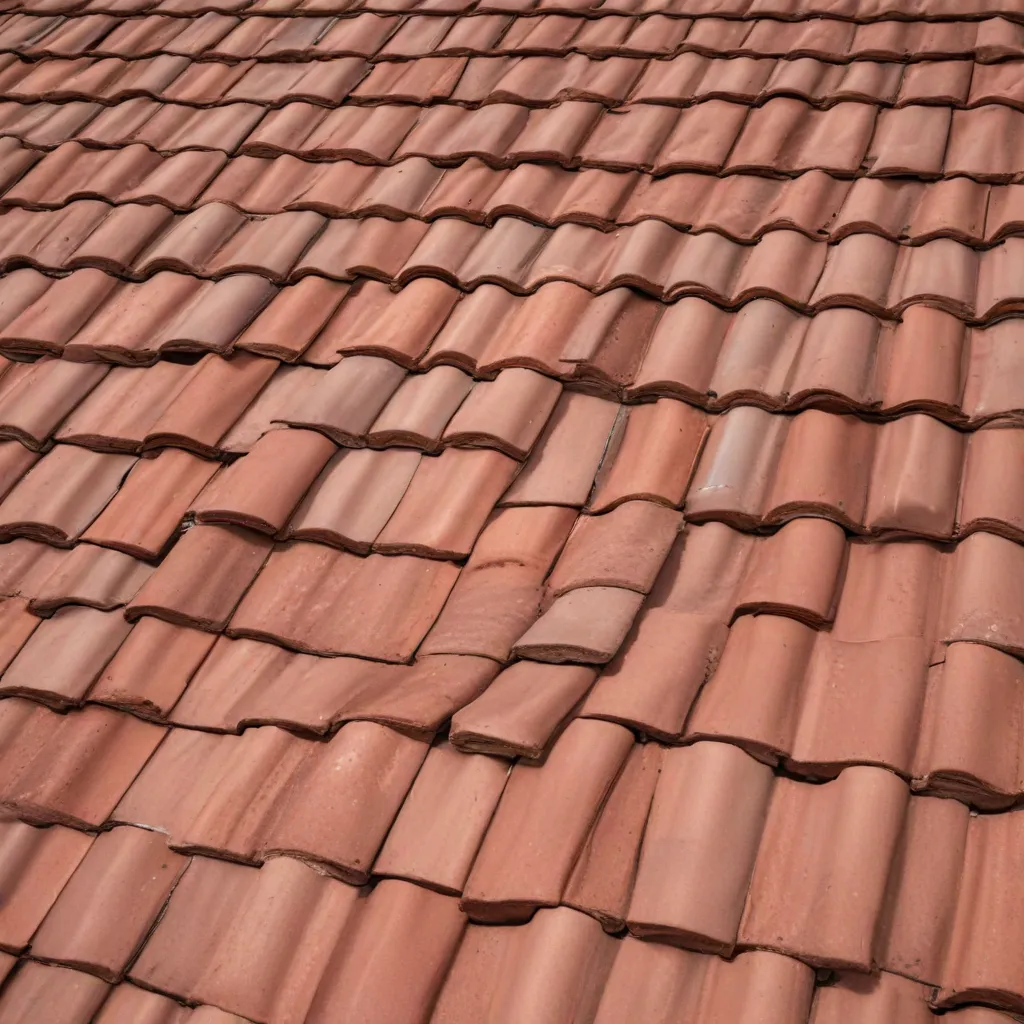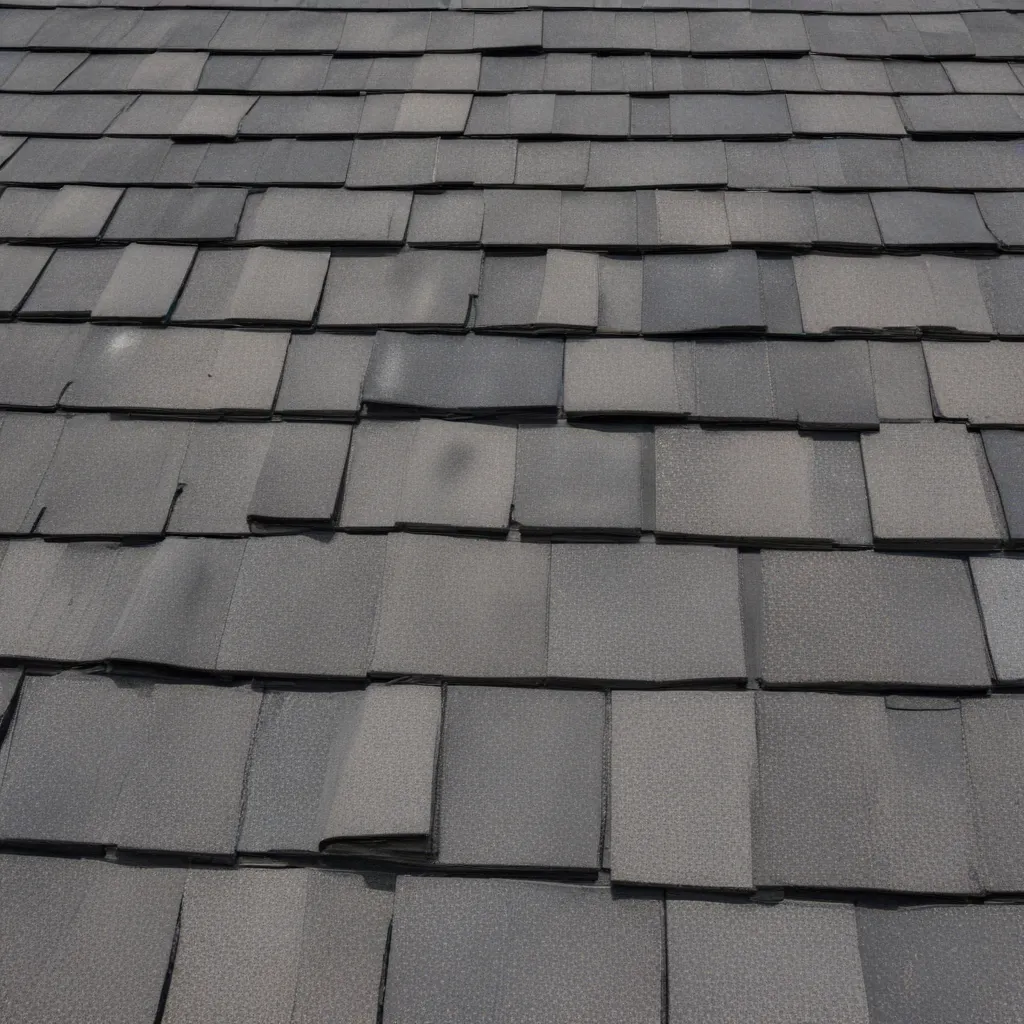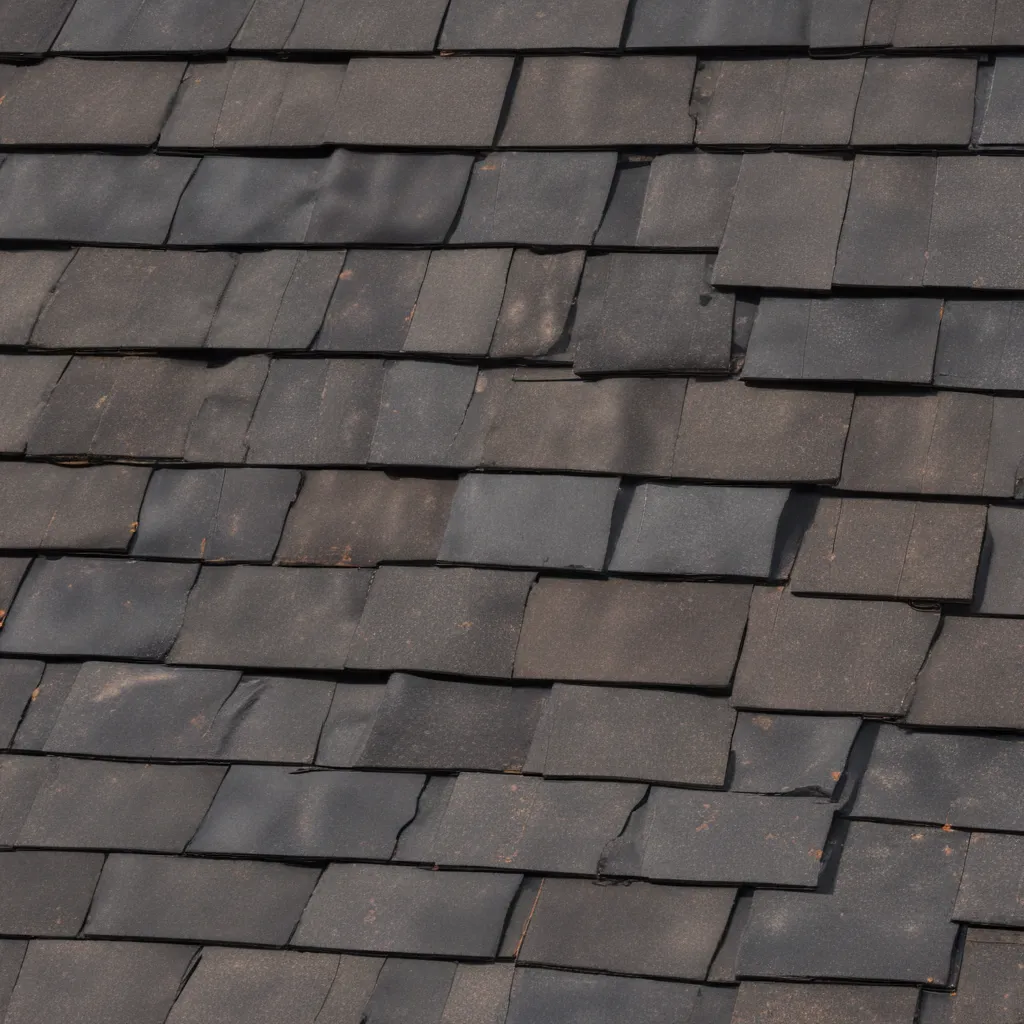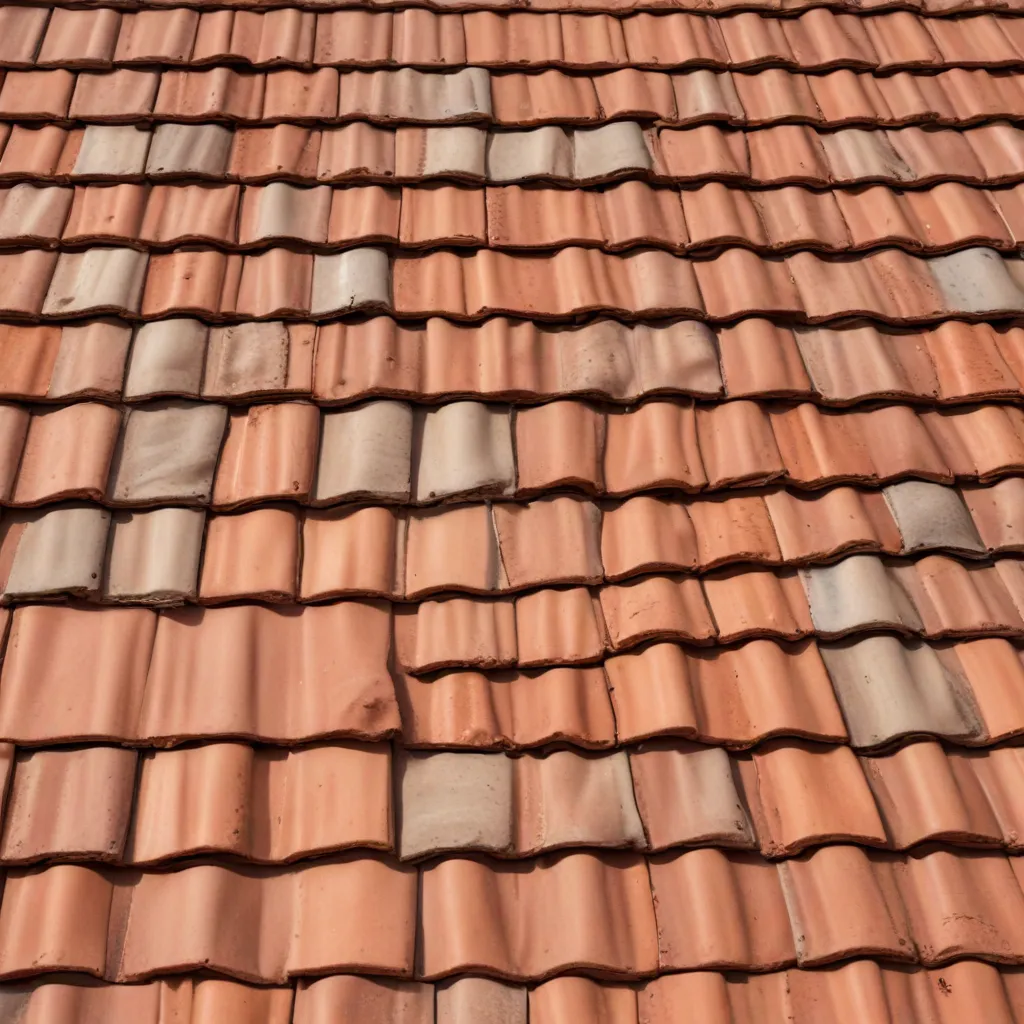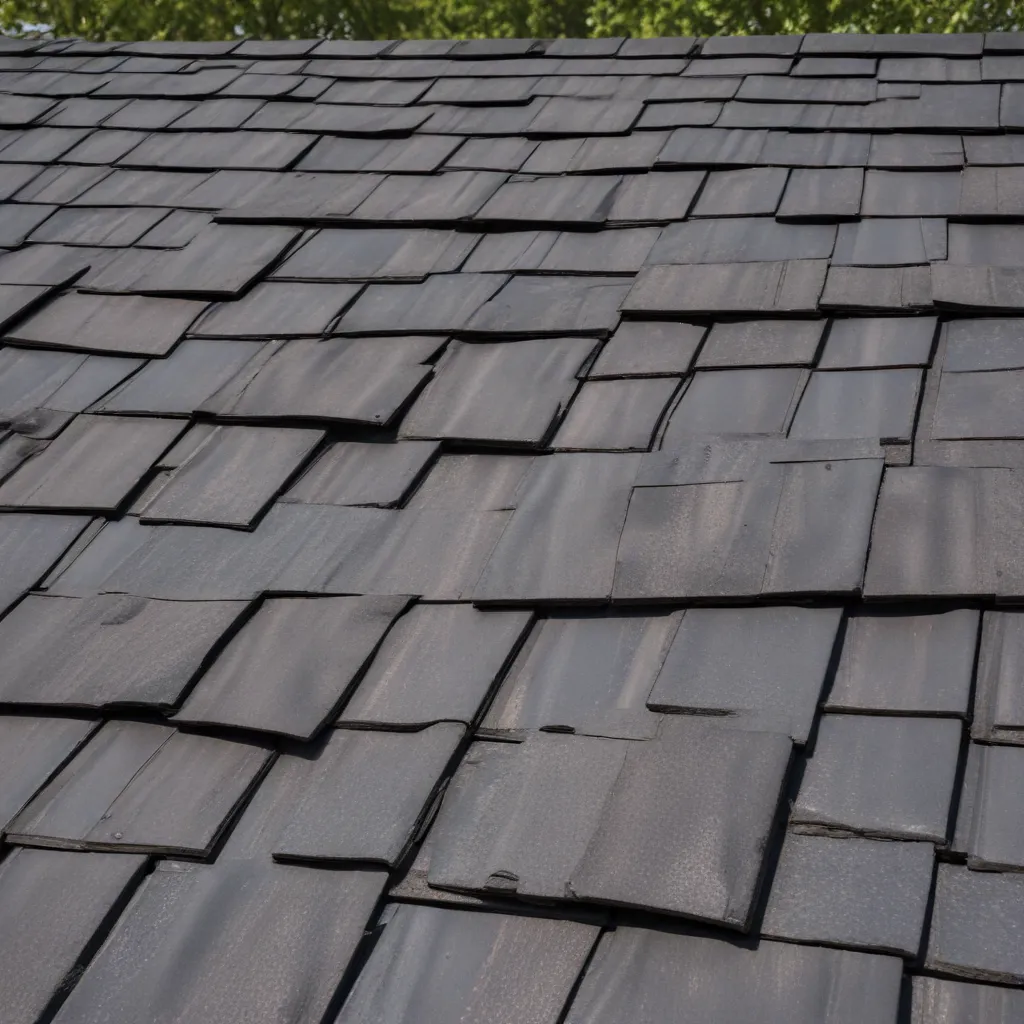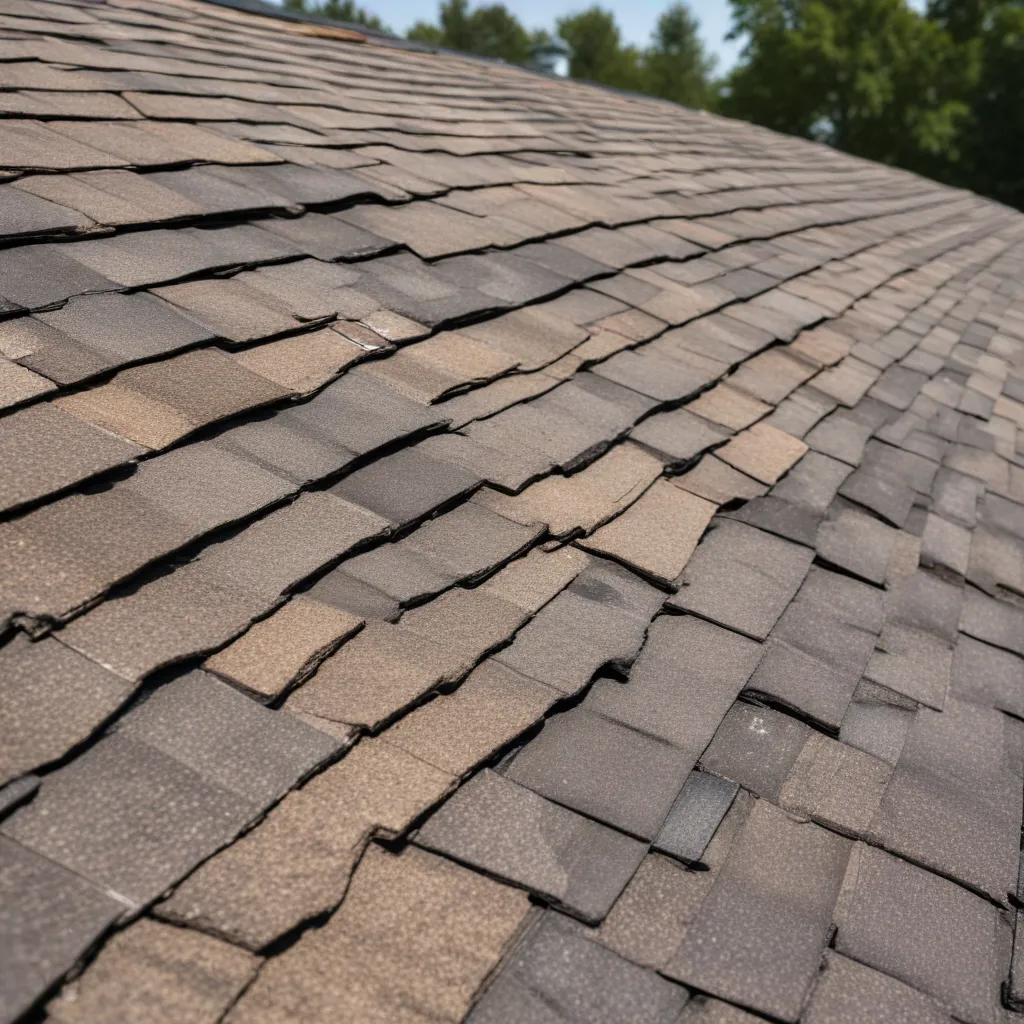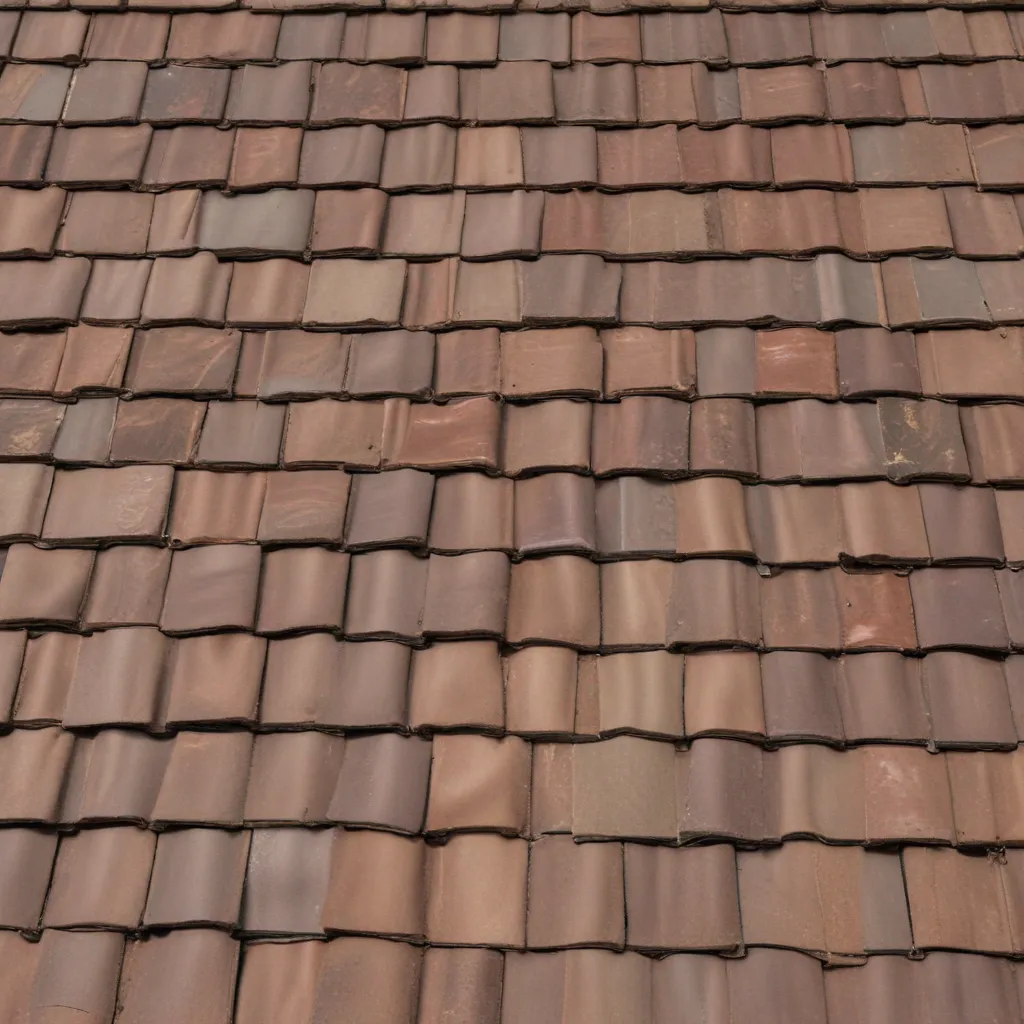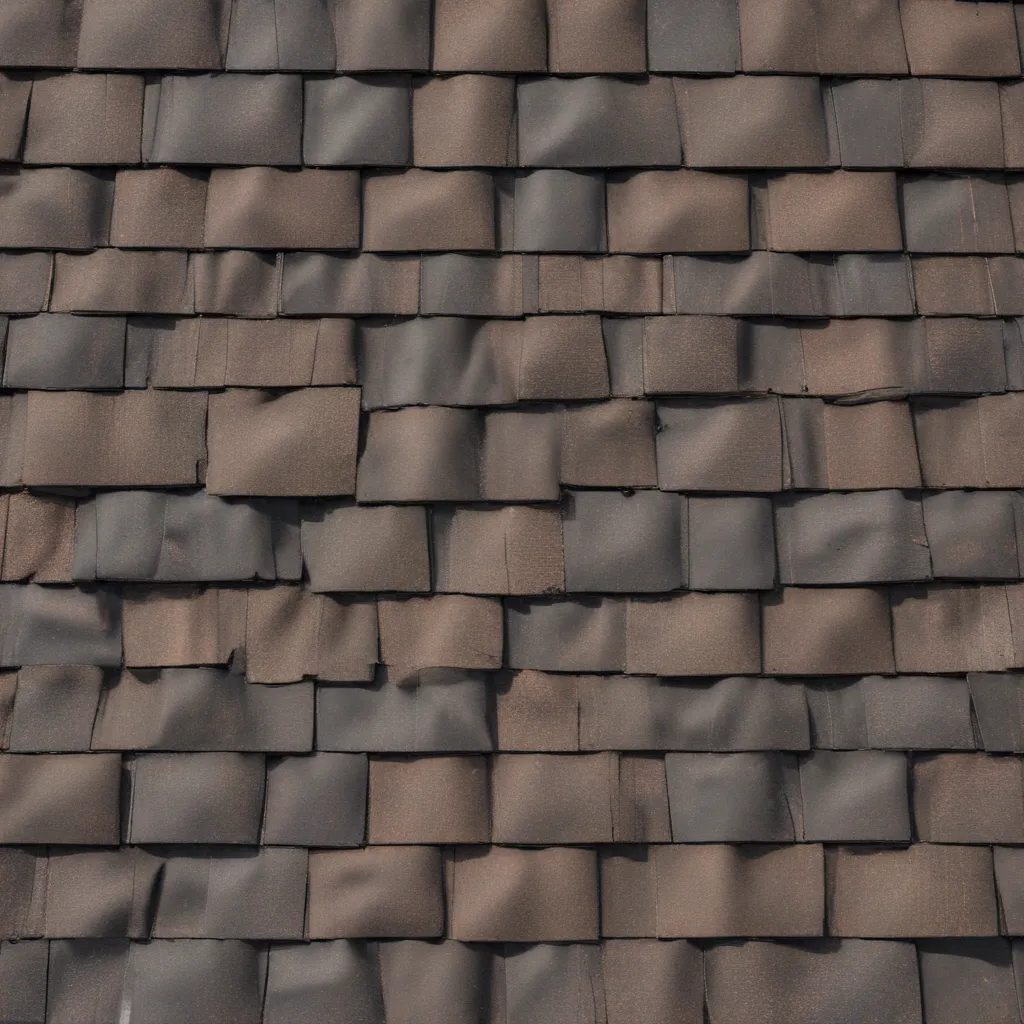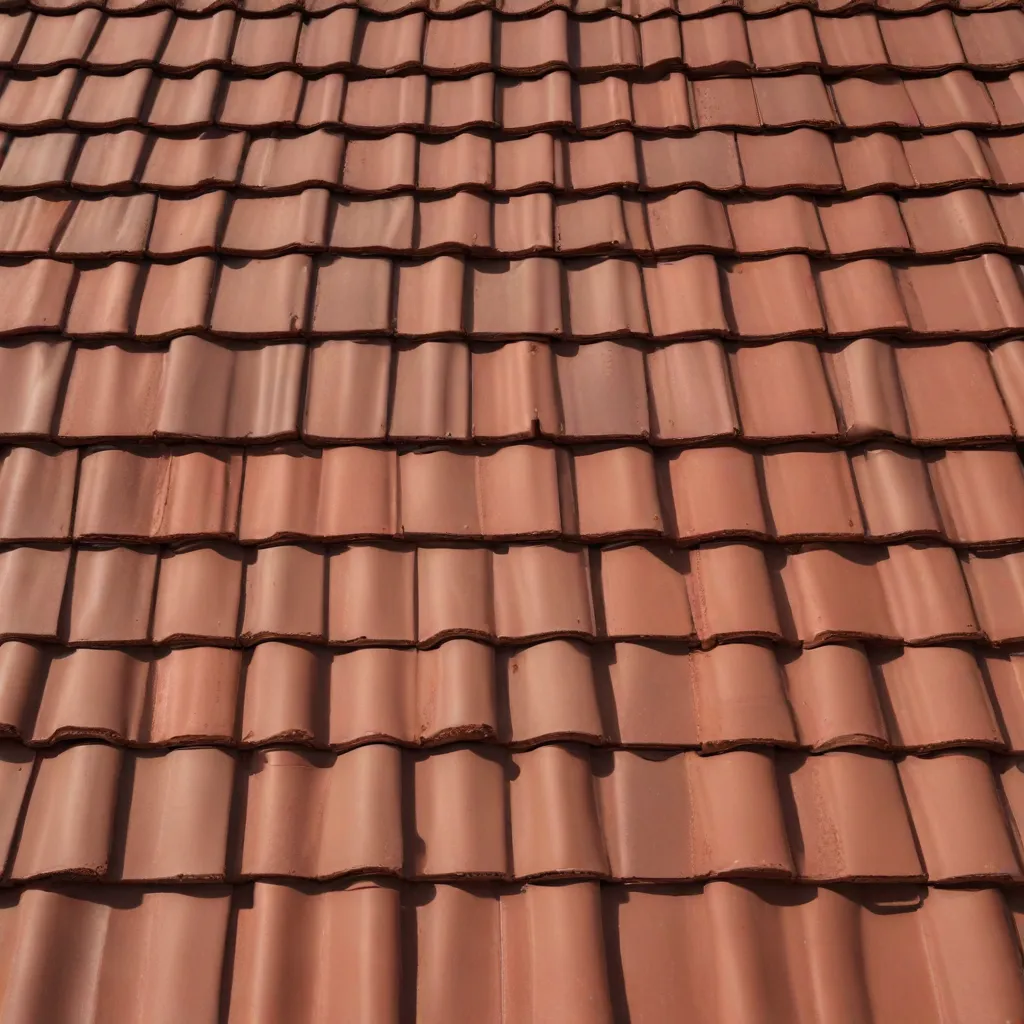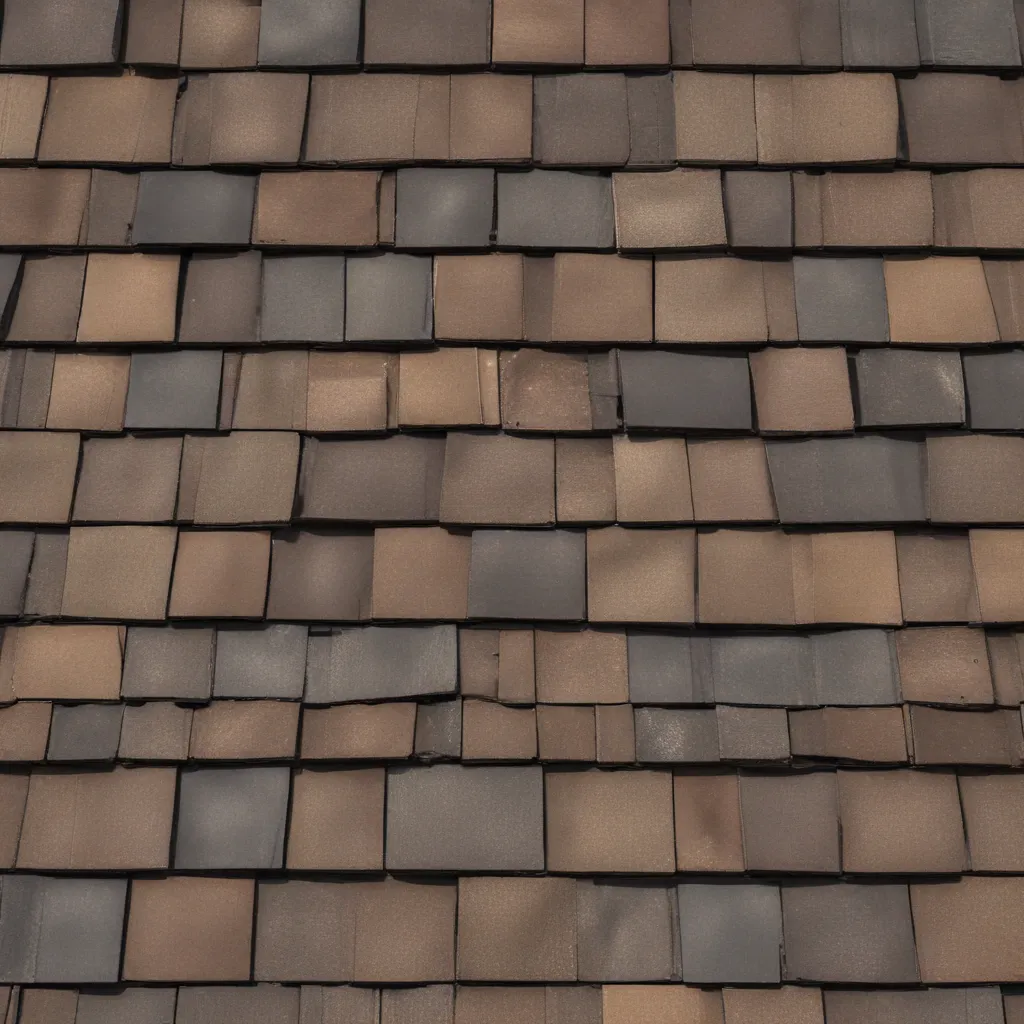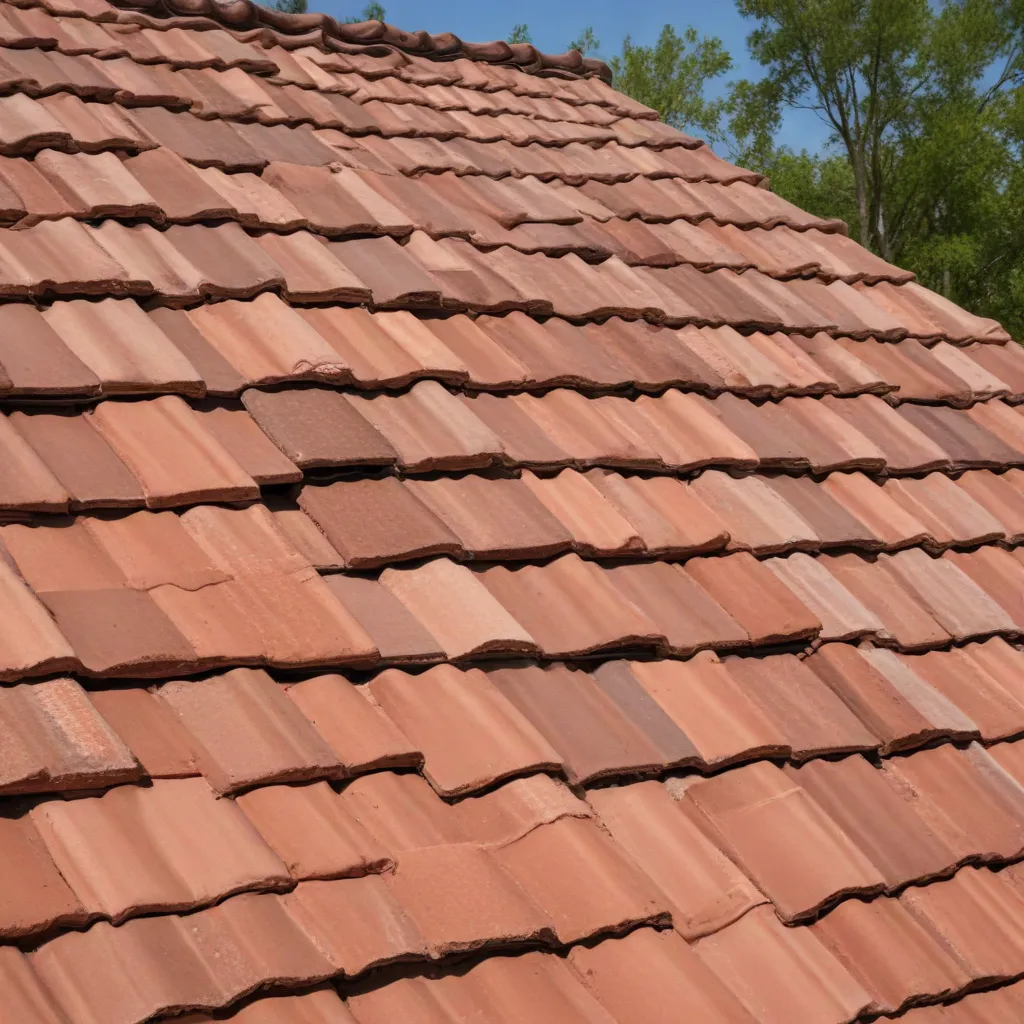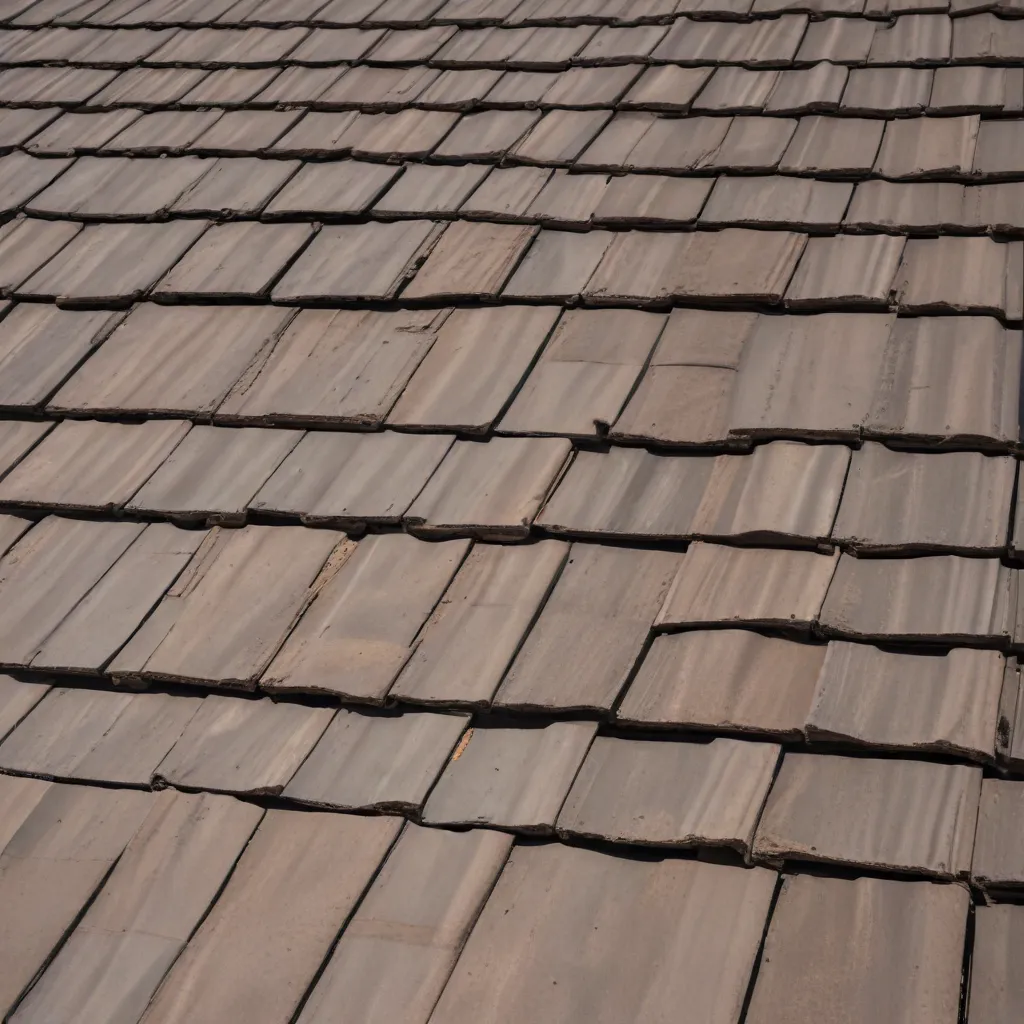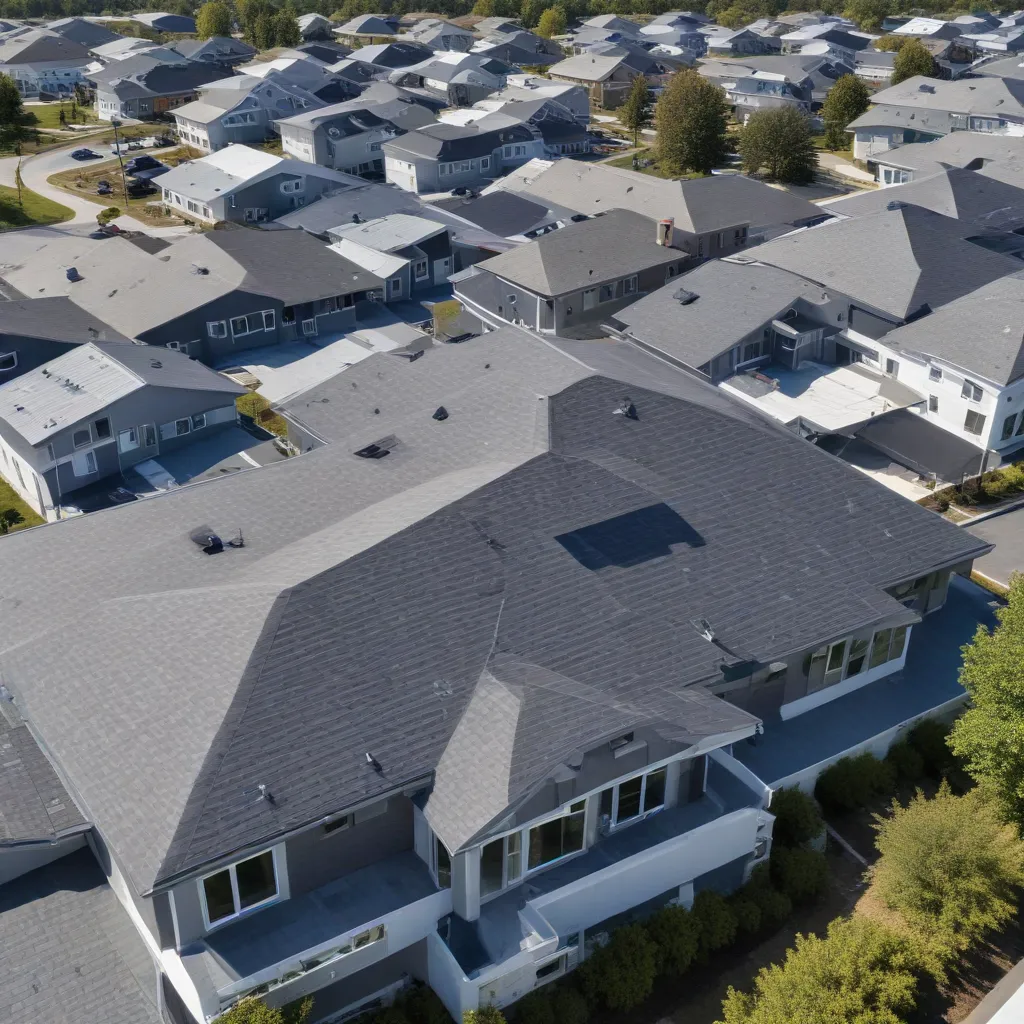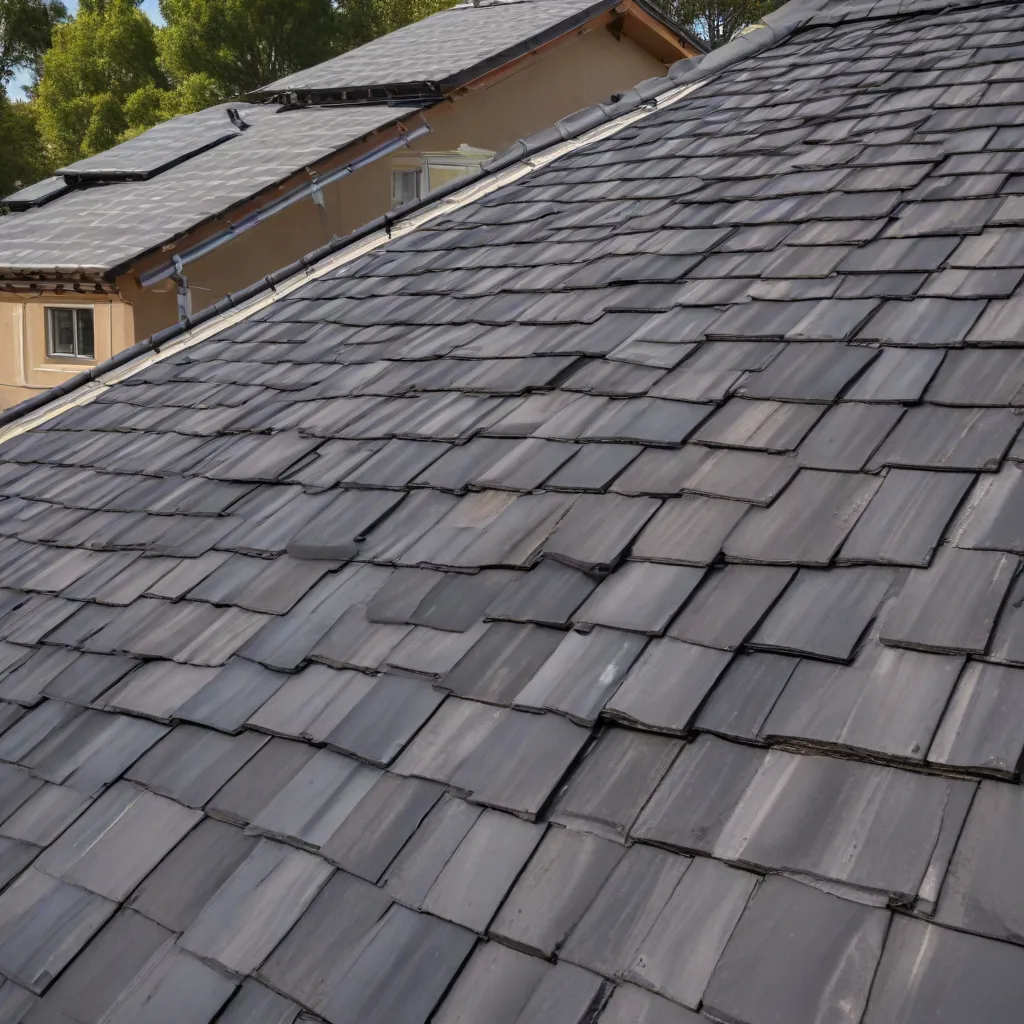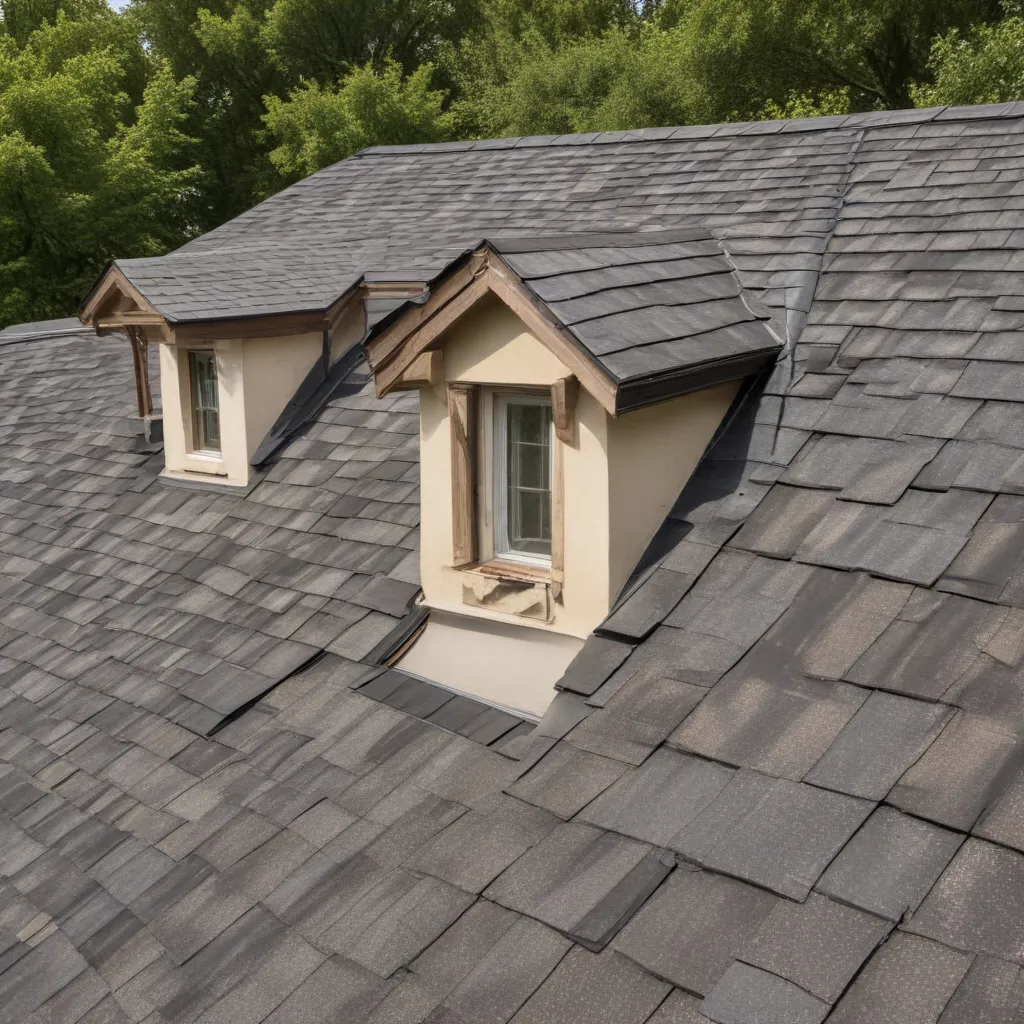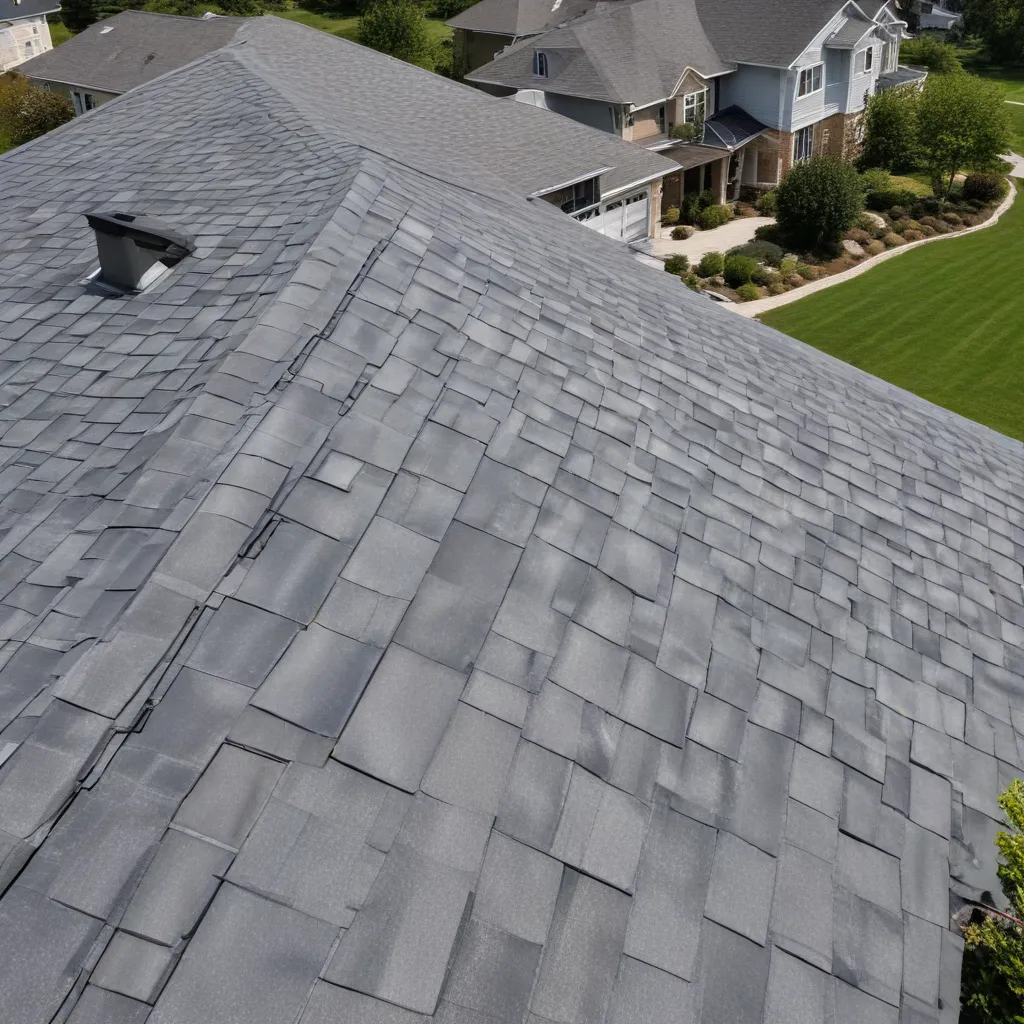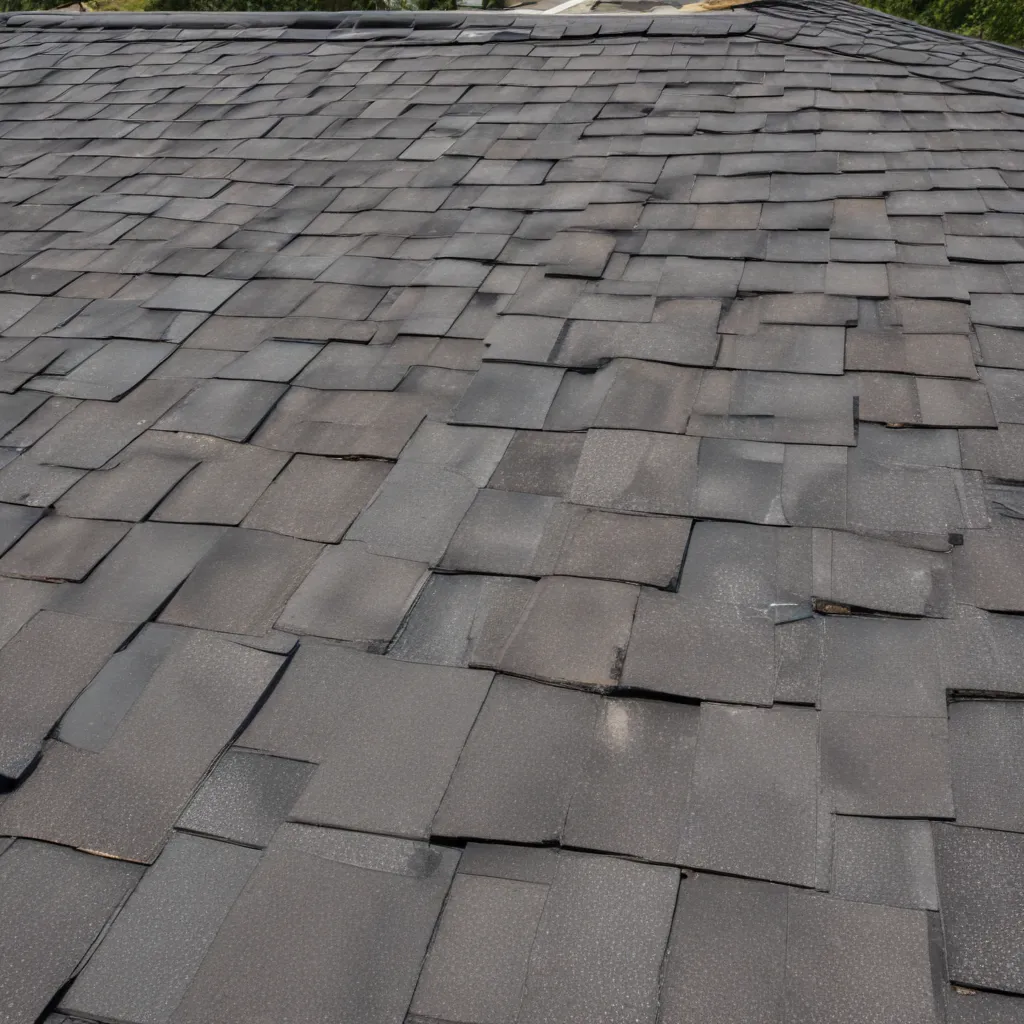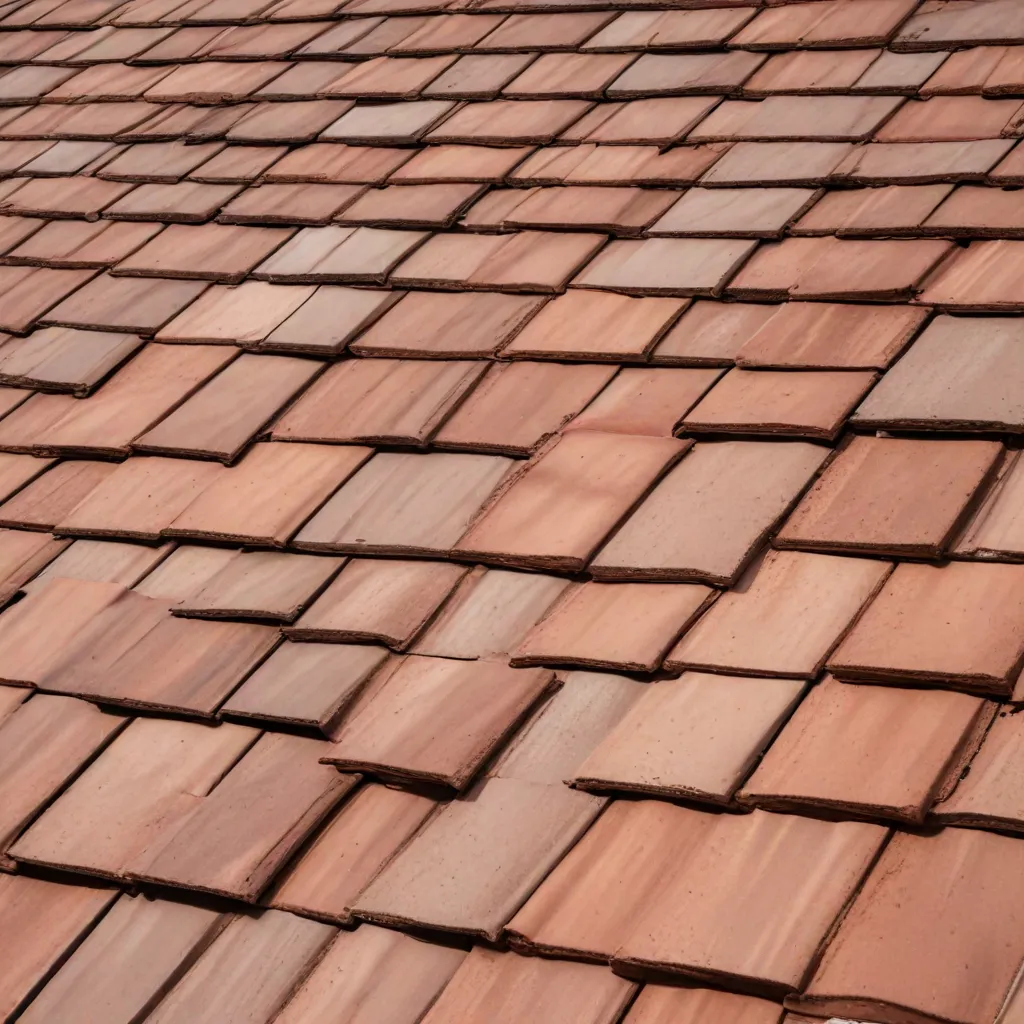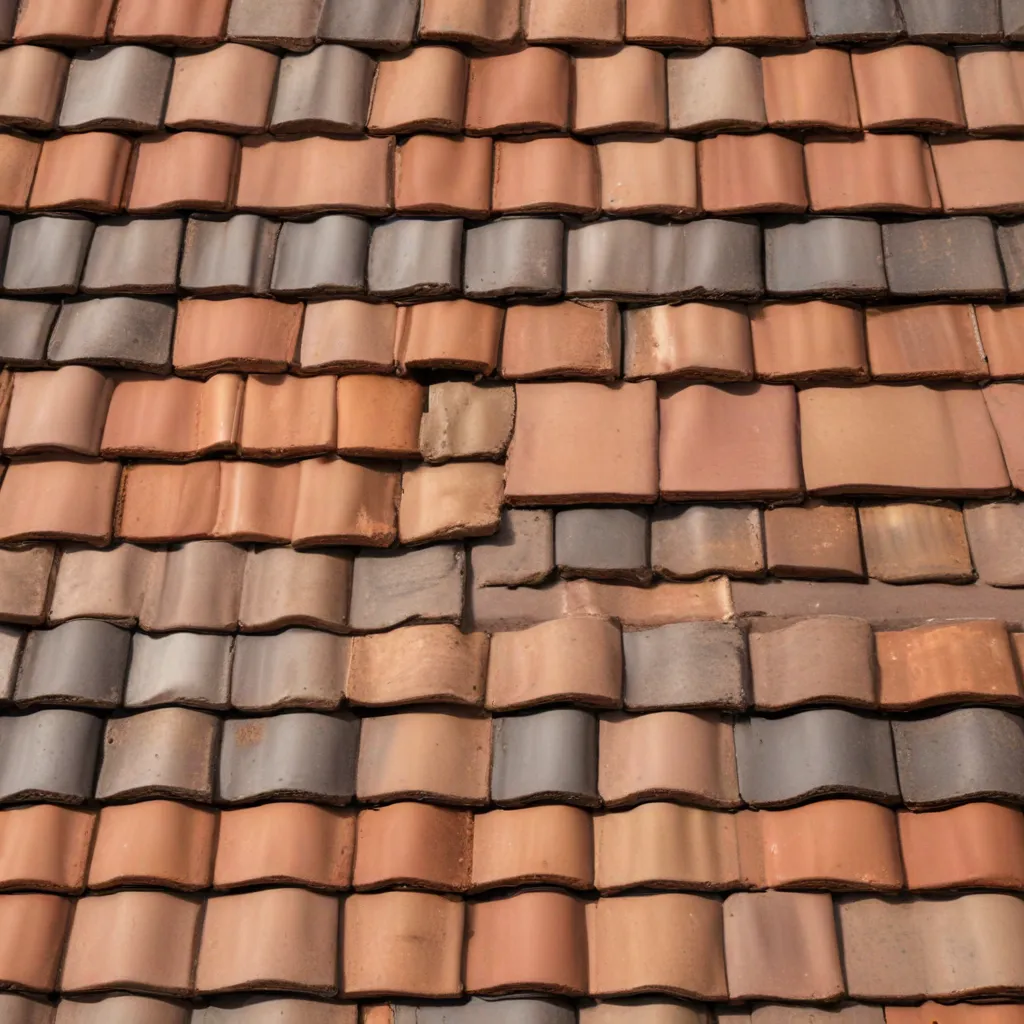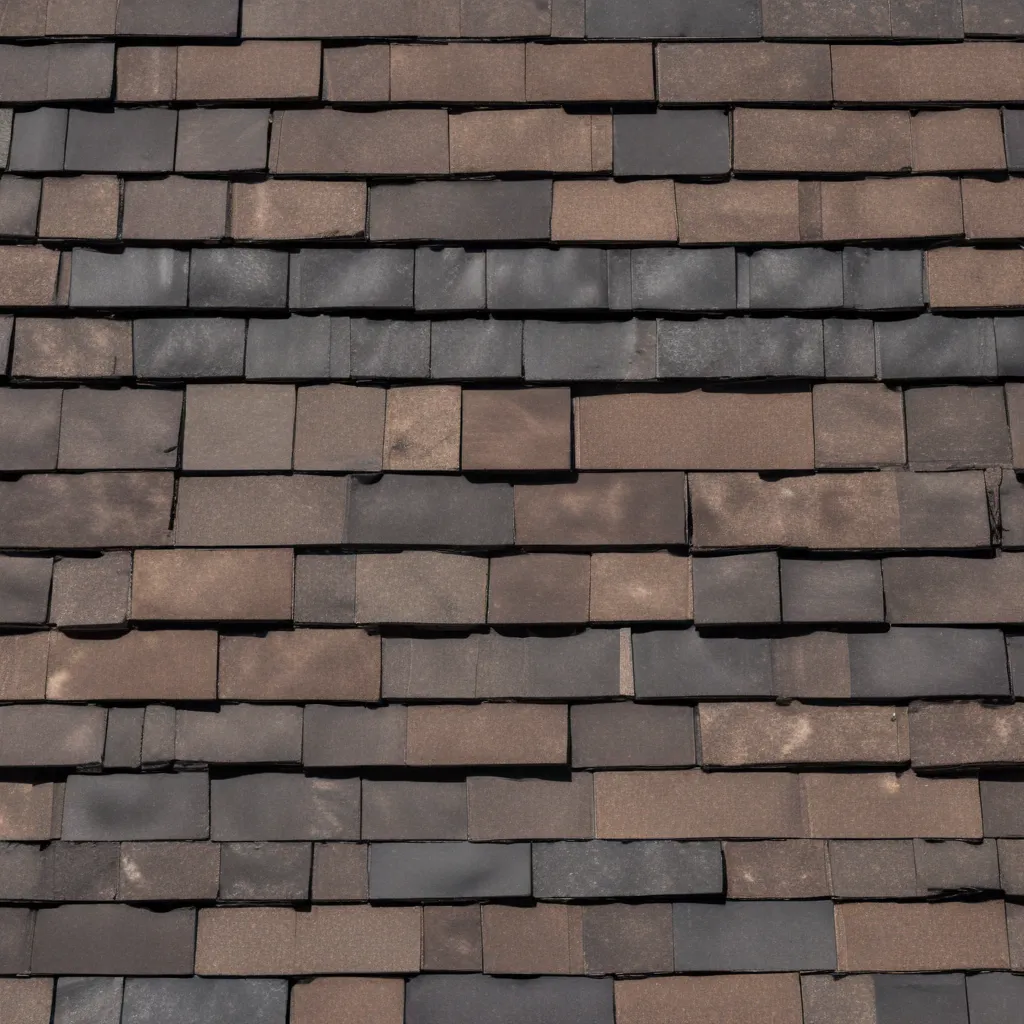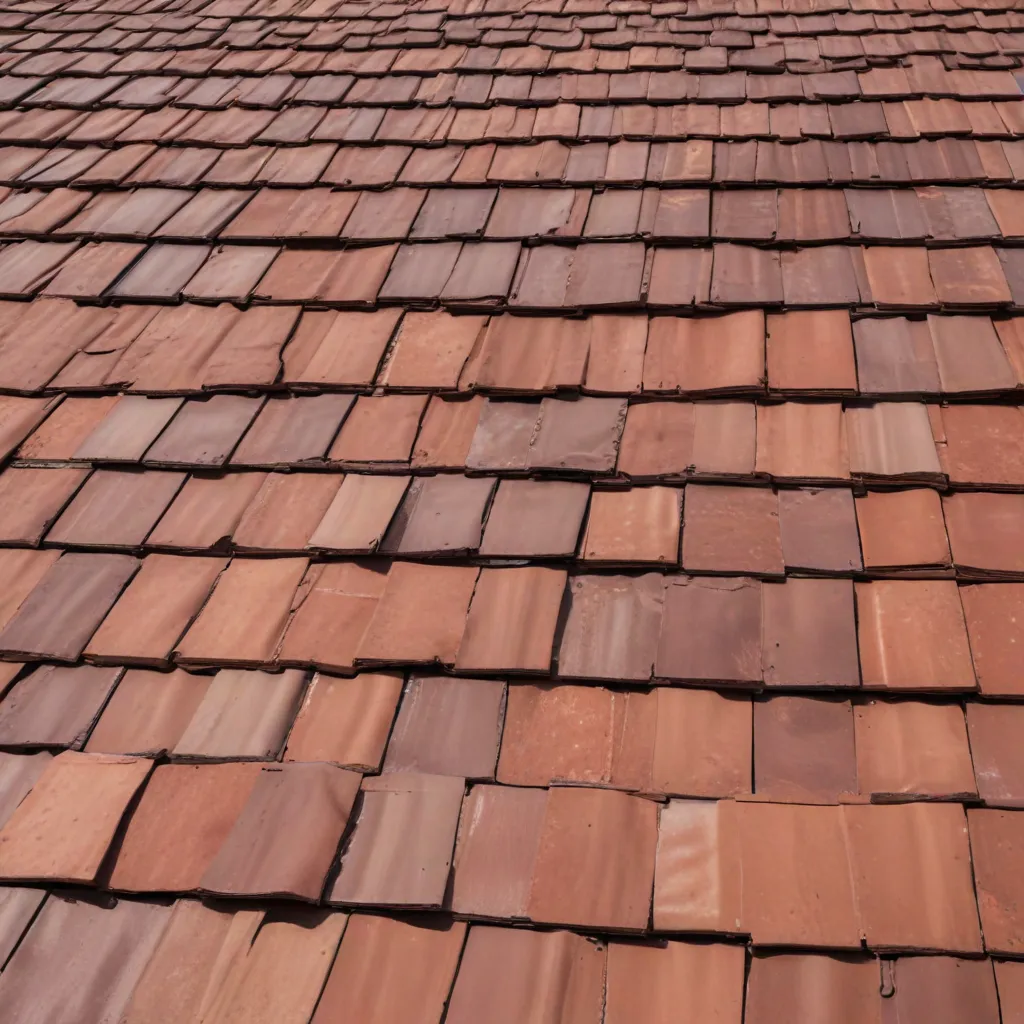If you live in an area prone to hailstorms, protecting your home becomes a top priority. One of the most vulnerable areas during hailstorms is your roof. Hail can cause significant damage to roofing materials, leading to leaks, structural issues, and even the need for costly repairs. To safeguard your home from hail damage, it’s crucial to choose the right roofing material. In this article, we will explore the best roofing materials for hail-prone areas that can help you protect your home and give you peace of mind.
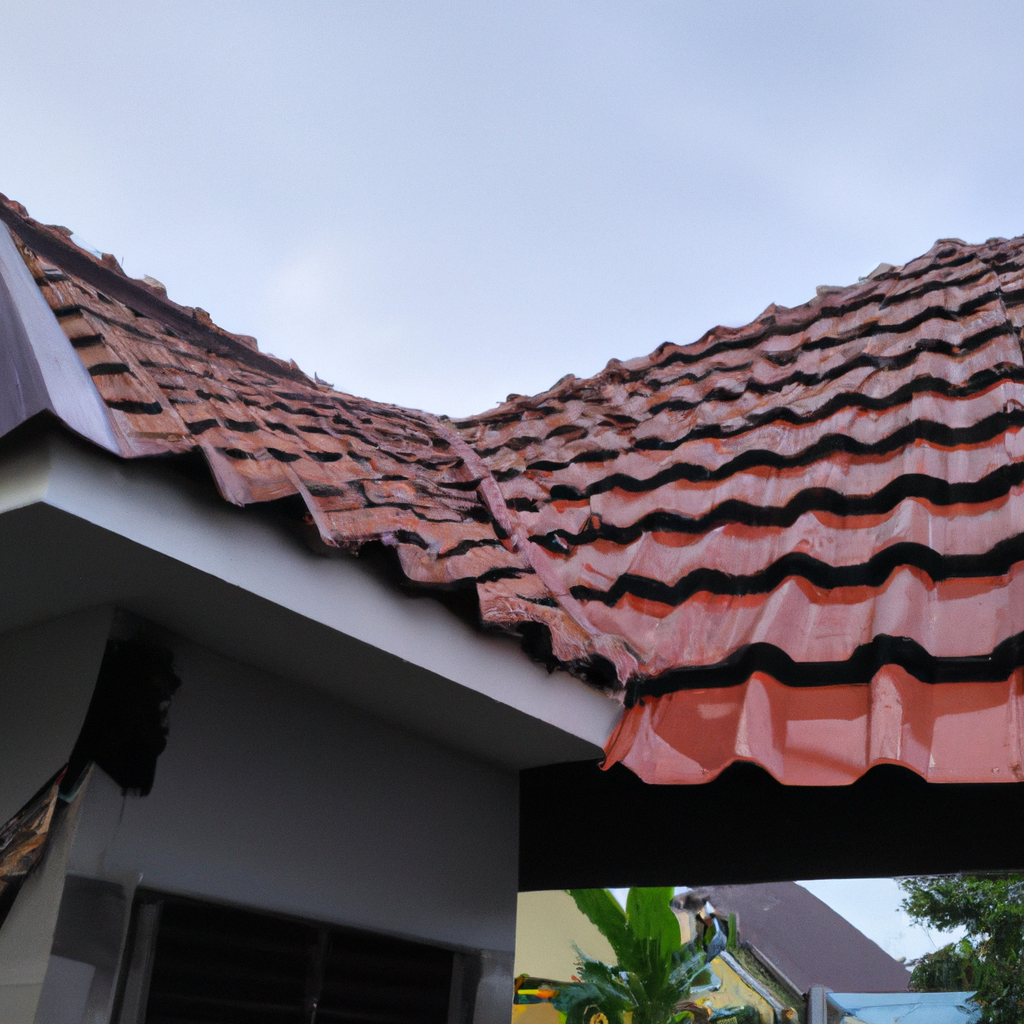
1. Impact Resistance: The Key to Hail Protection
When it comes to selecting a roofing material for hail-prone areas, impact resistance is the key factor to consider. The ability of a roofing material to withstand the impact of hailstones can significantly reduce the risk of damage to your roof. It’s essential to choose a material that has been tested and rated for its impact resistance. Let’s explore the top roofing materials renowned for their resilience against hailstorms.
1.1 Metal Roofing: A Durable Shield Against Hail
Metal roofing, such as steel or aluminum, is known for its exceptional durability and resistance to hail damage. The strength and rigidity of metal can withstand the impact of hailstones, minimizing the risk of denting or puncturing the roof. Metal roofs also have a long lifespan, making them an excellent investment for homeowners in hail-prone areas.
1.2 Impact-Resistant Asphalt Shingles: A Popular Choice
Asphalt shingles are a common choice for residential roofing due to their affordability and versatility. However, not all asphalt shingles are created equal when it comes to hail resistance. Impact-resistant asphalt shingles are specifically designed to withstand hailstorms. These shingles are reinforced with materials like fiberglass or rubber, making them more resistant to hail impact compared to standard asphalt shingles.
1.3 Synthetic Roofing Materials: A Modern Solution
Synthetic roofing materials, such as rubber or plastic polymer, have gained significant popularity in recent years due to their exceptional durability and resistance to extreme weather conditions. These materials are engineered to withstand hail impact and can provide long-lasting protection for your roof. Synthetic roofing materials also come in various styles and colors, allowing homeowners to achieve the desired aesthetic appeal.
2. Factors to Consider When Choosing a Roofing Material
While impact resistance is crucial for hail protection, there are other factors to consider when selecting the best roofing material for your home in hail-prone areas. Let’s delve into these factors to help you make an informed decision.
2.1 Climate Compatibility
Apart from hail, your chosen roofing material should be suitable for the general climate in your area. Consider factors such as temperature fluctuations, precipitation levels, and UV exposure. Some materials may perform better in certain climates, ensuring optimal durability and longevity.
2.2 Cost and Budget
Your budget is an essential consideration when choosing a roofing material. While some options may offer superior hail resistance, they can come with a higher price tag. Evaluate your budget and explore materials that strike a balance between performance and cost-effectiveness.
2.3 Aesthetics and Architectural Style
Your roof plays a significant role in the overall aesthetics and architectural style of your home. Consider the design and color options available for each roofing material to ensure it complements the exterior of your house. Enhancing the curb appeal of your home while protecting it from hail damage is a win-win situation.
2.4 Maintenance and Lifespan
Different roofing materials require varying levels of maintenance to keep them in optimal condition. Consider the maintenance requirements and lifespan of each material to gauge the long-term cost and effort involved. Opting for a durable material that requires minimal maintenance can save you time and money in the long run.
3. The Importance of Professional Installation
While choosing the right roofing material is crucial, professional installation is equally important to ensure its effectiveness. Hiring experienced and certified roofing contractors will ensure that the material is installed correctly, maximizing its performance and longevity. Improper installation can compromise the material’s impact resistance, leaving your home vulnerable to hail damage.
Conclusion
Protecting your home from hail damage starts with selecting the right roofing material. Metal roofing, impact-resistant asphalt shingles, and synthetic materials are among the top choices for hail-prone areas. Consider factors like impact resistance, climate compatibility, cost, aesthetics, and maintenance when making your decision. Remember, professional installation is key to maximizing the effectiveness of your chosen material. By investing in the best roofing material for your hail-prone area, you can protect your home and enjoy peace of mind during stormy weather.

